September 2013 was, in a way, crucial both for Apple and for users. That year, the Cupertino company decided to proceed with the most significant redesign of its mobile operating system after many years. iOS 7 brought a number of innovations not only in terms of design, but also in terms of functionality. With its arrival, however, the new operating system divided the lay and professional public into two camps.
Apple gave the first glimpse of its new operating system as part of its annual WWDC. Tim Cook called iOS 7 an operating system with a stunning user interface. But as it happens, the public was not too sure about this claim from the first moment. Social media has been abuzz with reports of how amazing the features of the new operating system are, and how unfortunately the same can't be said for its design. "The first thing you'll notice about iOS 7 is how drastically different it looks," Cult of Mac wrote at the time, adding that Apple had done a 180-degree turn in terms of aesthetics. But the editors of The New York Times were excited about the new design.
iOS 7 design:
Application icons in iOS 7 stopped resembling real objects so faithfully and became much simpler. With this transition, Apple has also made it clear that users no longer need any references to real objects in the environment of their mobile devices to understand the virtual world. The time when a completely ordinary user can easily understand how a modern smartphone works is definitely here. None other than chief designer Jon Ive was at the origin of these changes. He reportedly never liked the look of the "old" icons and considered them outdated. The main promoter of the original look was Scott Forstall, but he left the company in 2013 after the scandal with Apple Maps.
However, iOS 7 did not bring changes only in terms of aesthetics. It also included a redesigned Notification Center, Siri with a new design, automatic application updates or AirDrop technology. Control Center premiered in iOS 7, which was activated by pulling the bottom of the screen upwards. Spotlight was newly activated by slightly sliding the screen downwards, and the "Slide to Unlock" bar disappeared from the lock screen. Those whose loved ones also had an iPhone will surely welcome Face Time Audio, and multitasking has also been improved.
In addition to the icons, the keyboard also changed its appearance in iOS 7. Another novelty was the effect that made the icons appear to be moving when the phone was tilted. In the Settings, users could change the way of vibration, the native Camera received the option of taking photos in a square format, suitable for example for Instagram, the Safari browser was enriched with a field for smart searching and entering addresses.
It could be interest you

Apple later called iOS 7 the fastest upgrade in history. After one day, roughly 35% of devices switched to it, during the first five days after the release, owners of 200 devices updated to the new operating system. The last update of the iOS 7 operating system was version 7.1.2, which was released on June 30, 2014. On September 17, 2014, the iOS 8 operating system was released.
Were you among those who experienced the transition to iOS 7 firsthand? How do you remember this big change?
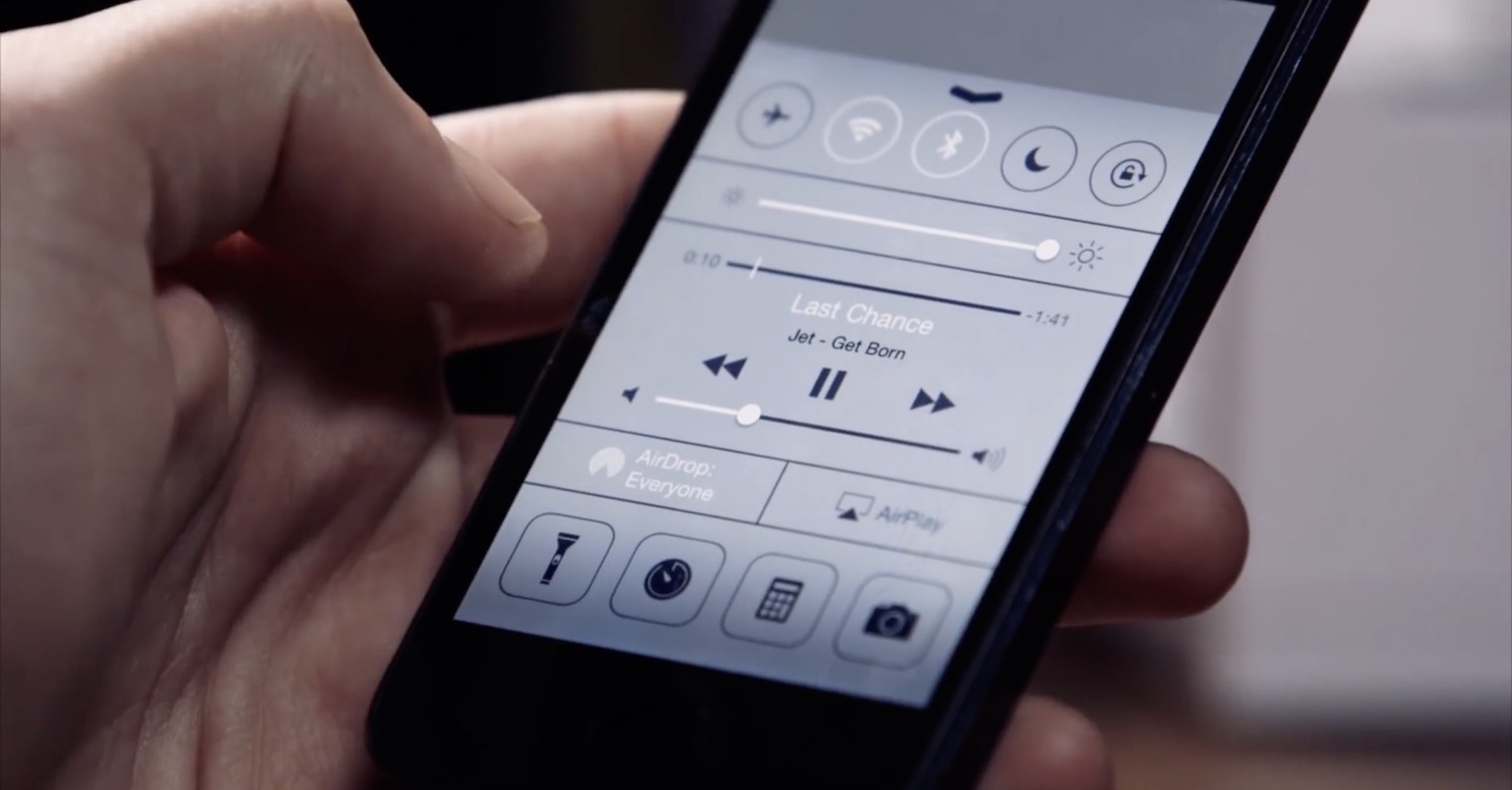
Source: Cult of Mac, NY Times, The Verge, Apple Lossless Audio CODEC (ALAC), (via Wayback Machine)
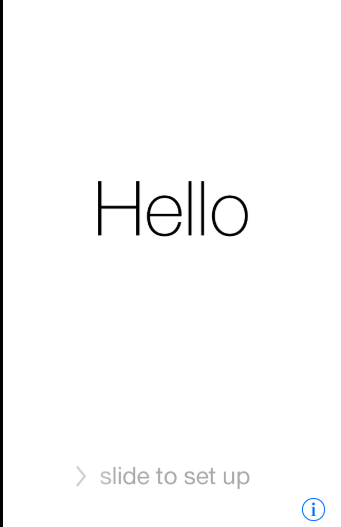
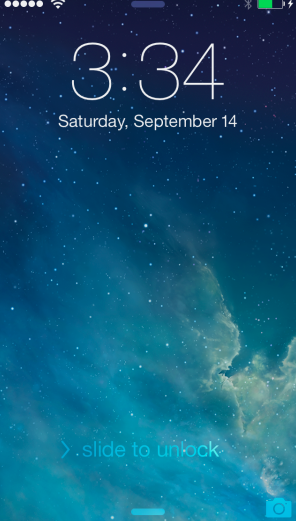
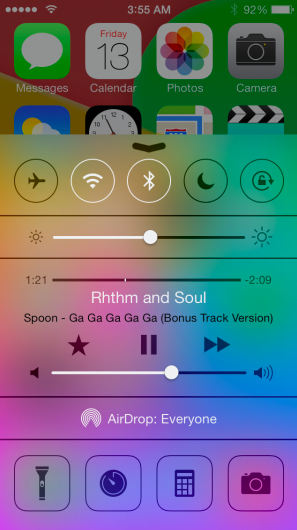
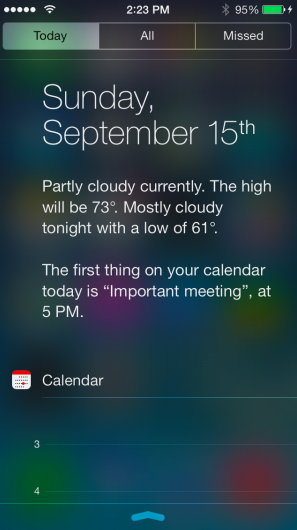

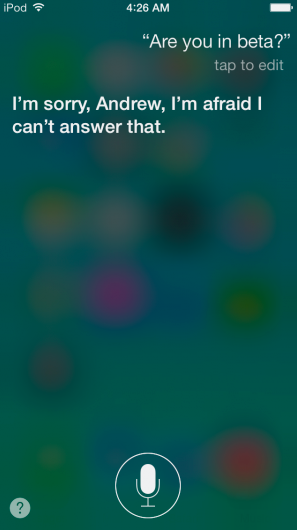


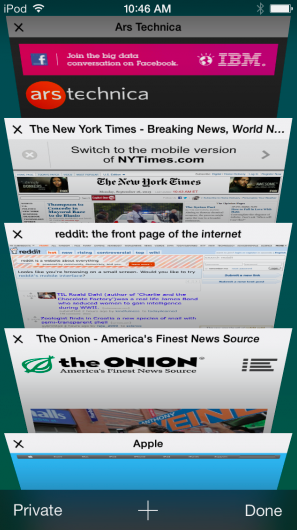
It's a pity that you didn't write more about iOS 7, since I remember well how big problems iPhone 4 had with it. But there are other affairs surrounding this release. In any case, I also took a break from iOS at that time and only came back when it was ios9. For now, it's holding him back, since I'm taking the Android world, so there's nowhere else to move
iOS 7 and the direction it brought was a huge step backwards. The wishy-washy minimalistic appearance brought worse clarity and control and even increased the number of clicks needed to perform 1 operation. Johny Ive prioritized the visual aspect over the User friendly principle. The same misstep occurred on Macs from MacOS 10.7. Unfortunately, Apple doesn't deal with user simplicity anymore. Jobs must be turning in his grave.
I agree. The new look was and still is tragic. In addition, Apple made the appearance osmáhnul. When MS came with it in Windows Phone 7 in 2010, I said goodbye to it and switched to iOS. To see the same disgust in a few years.